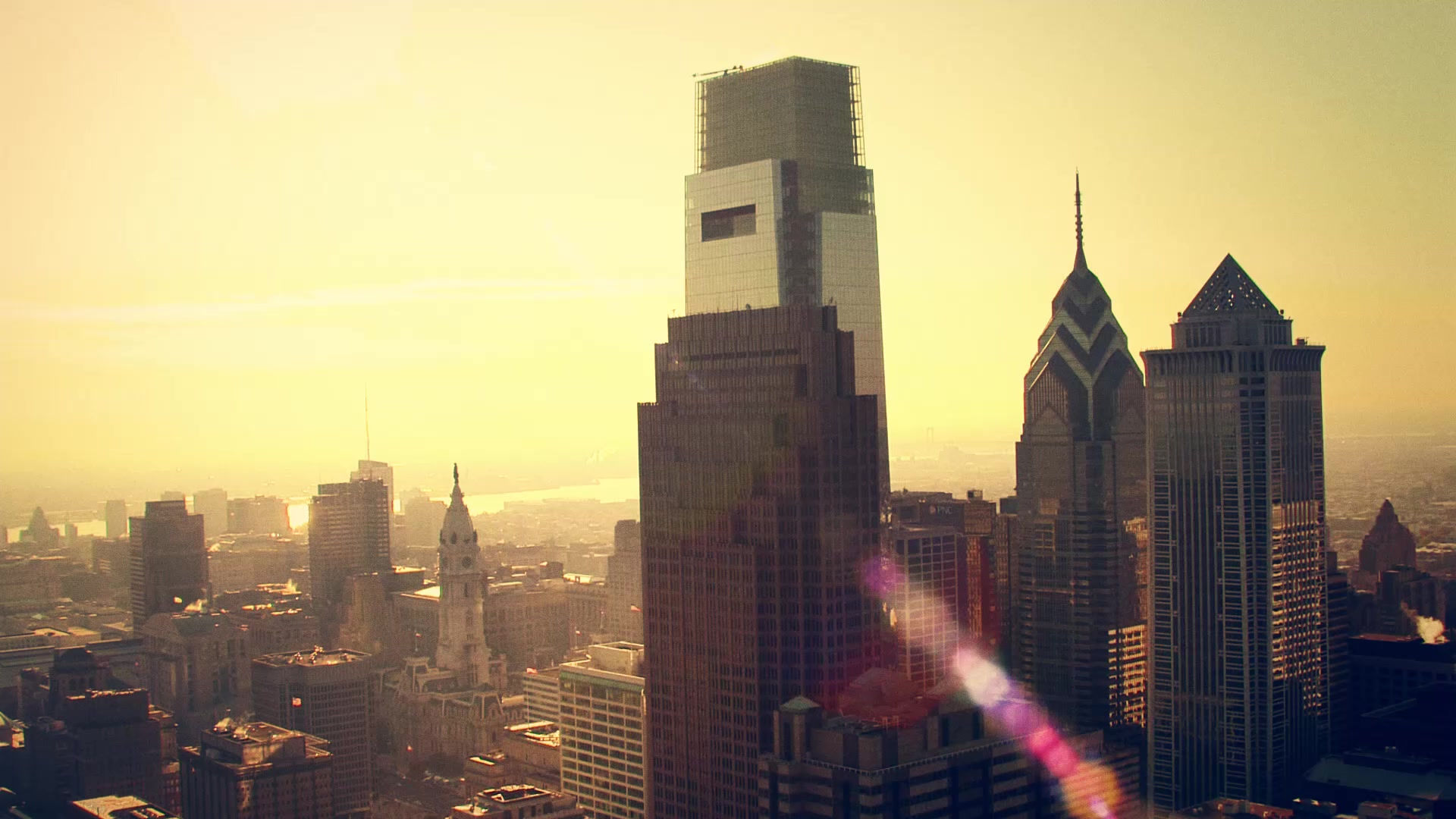Bridge Project: Part II
- AlexanderRoman
- Dec 13, 2018
- 2 min read
Weaving all of the information learned, and experienced, this year to create a narrative of Humanities.
Picasso isn't the only artist known for painting and depicting war as a form of protest; Francisco Goya famously painted The Third Of May 1808 which shows the hardship and destruction that Napoleon Bonaparte's army brought upon Spain in the 19th century, according to the online textbook.

In the painting, French soldiers are lined up in a row pointing their guns towards Spanish civilians, executing them one-by-one as they all forcefully gather in a broken line that approaches and leads towards the ground where people are getting shot down. The soldiers are presented as "mechanical and insect-like" according to www.khanacademy.org. They are in a linear path, when geometrically measured, reinforcing the idea that they are machine-like in nature. With their faces hidden, Goya shows how they are not human. The French soldiers are taking orders and are executing with no remorse and no hesitation. The faceless soldiers are committing this extinction and by removing a face to the body, it removes humanity and kindness from these robotic creatures.
Part of the artistic protest revolves around the Spanish peasant/man holding his arms up, bearing his chest naked and exposed staring death down the barrel while a monk is bent besides the death-hungry man. Goya equips chiaroscuro, darkening the right side symbolizing the men with guns as evil, dark, and soulless. The figures are stripped of their humanity and engulfed by darkness. The light source is at the man and those Spanish civilians being killed with no hesitation. Coupled with this light shining on the innocent, the man in white is viewed as a symbolic interpretation of Jesus Christ, a religious perspective and power given to the innocent Spanish people. "The central figure of the painting, who is clearly a poor laborer, takes the place of the crucified Christ; he is sacrificing himself for the good of his nation", according to www.khanacademy.org.
Goya, in his painting, suggests that the French and Napoleon's army are going against Jesus Christ. The French are an evil force that go against Christian morals and values, insinuating that the war is against not only the country and to conquest it, but a war against religion. Goya expresses his urgent need to paint this protest because it is made in a time of poverty and war, which means it wasn't a commissioned painting but made out of pure necessity and want to show the horrors of war that the French brought upon Spain for a desire to conquest.




Comments